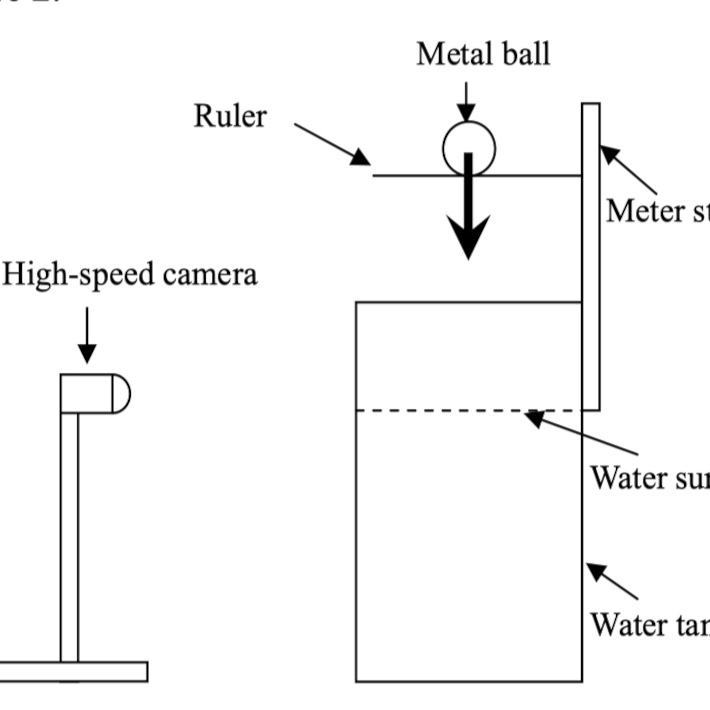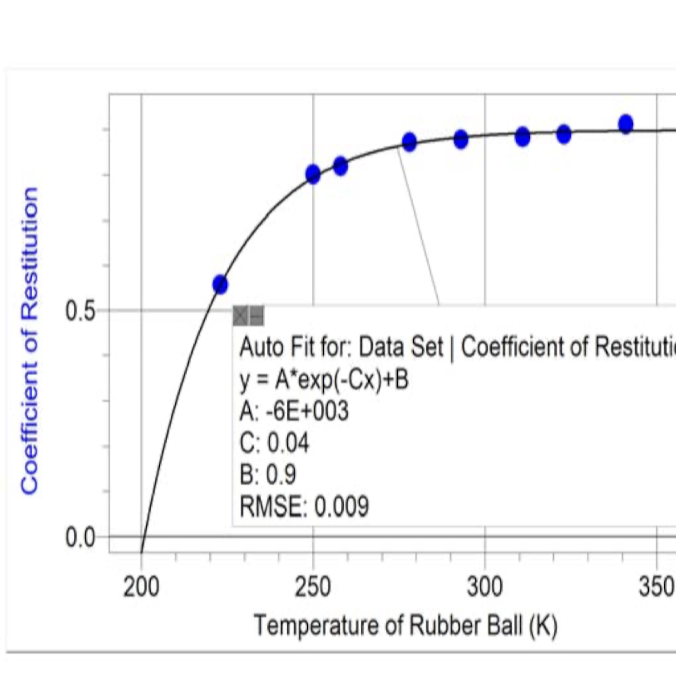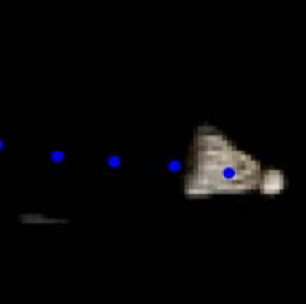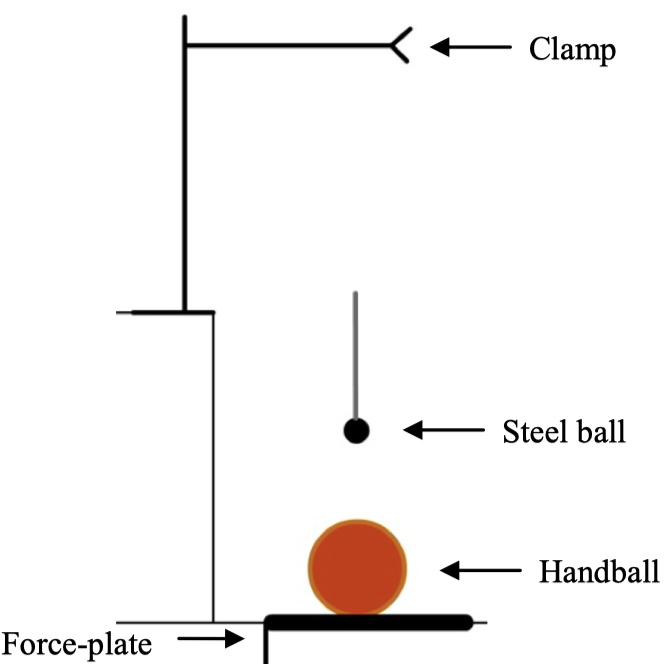ISB Journal of Physics
Volume 4
January - December, 2010
Archived under the ISJOS collection

The relationship between internal resistance and the operating temperature was investigated for a 5 mm green LED. A potential difference of 3.00 V was put across the LED and the current through it was recorded for different operating temperatures. It was found that there is an exponential relationship between the internal resistance and the inverse of temperature.

The relationship between the velocity of impact and maximum crater diameter was found for two steel balls dropped into water using 300 fps video. The maximum diameter of the crater was found to be proportional to the impact velocity and independent of the diameter of the ball.

The relationship between the temperature and the coefficient of restitution of a polybutadiene superball was investigated. The ball was released from a fixed height and tracked with a motion detector as it bounced. The coefficient of restitution at temperatures ranging from 223K to 341K was determined. It was found that the relationship was inversely exponential, approaching a maximum above 300K.
The relationship between the velocity and the deceleration of a badminton shuttlecock was investigated. A shuttlecock was hit at a typical range of velocities and was filmed at 600 frames per second. The deceleration was found to be proportional to velocity squared over the range tested.
A steel ball was dropped onto a handball which was resting on top of a horizontal Vernier force-plate. The relationship between the impact momentum of the steel ball and the impulse on the force-plate was investigated. The measured impulse was found to be proportional to the impact momentum of the falling ball, with the impulse being 2.3 times greater than the momentum. The impact of the metal ball caused the handball to compress and then bounce up following the steel ball’s bounce. This contributed to the measured impulse being greater than twice the impact momentum.


